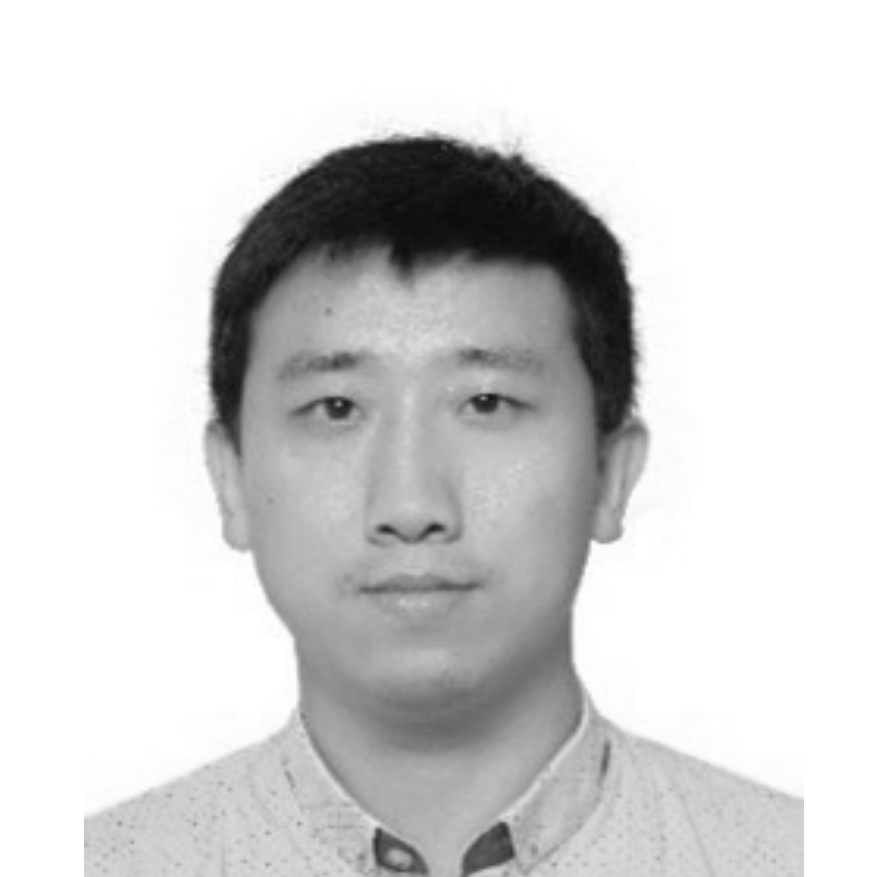
Cao Lixiong,Associate Professor, Associate Researcher, Master's Supervisor. PhD, College of Mechanical and Vehicle Engineering, Hunan University. Long term focus on the research of intelligent equipment optimization design theory and methods. The main research areas include structural optimization design methods, uncertainty quantification, human factors analysis, multi physics virtual simulation, aircraft design, intelligent robot design, digital twin, machine learning, etc. Led one general project of the National Natural Science Foundation of China, two projects of the Natural Science Foundation of Hunan Province and Changsha City, and three horizontal projects. As a research backbone, participated in multiple national level projects such as the National Self Science Foundation Major Project, the National Defense Foundation Strengthening Major Project, and the National Defense Research Major Special Project. In the field of complex equipment multi-physical field numerical modeling, uncertainty quantification Innovative research results have been achieved in the design theory of high-performance reliability for equipment. The research results have been published in more than 20 high-level papers in international authoritative journals.
We recruit graduate students with backgrounds in mechanical engineering, computer science, industrial design, and other fields year-round. Cultivate students' interdisciplinary and cross innovation abilities in intelligent equipment optimization design, human factors intelligent interaction, and industrial product innovation design. Welcome students who have an exploratory spirit, are proactive, diligent, and willing to make efforts in scientific research to join the research group.
Main research areas:
Optimization design theory and methods, Industrial design, Uncertainty quantification, Human reliability, Multi physics field simulation, Launch vehicles, Bionic robots, Intelligent human-computer interaction, Digital twins
Education background:
1.Post doctor, College of Mechanical and Vehicle Engineering, Hunan University
2.PhD, Mechanical Engineering, College of Mechanical and Vehicle Engineering, Hunan University
3.Master, Mechanical Engineering, College of Mechanical and Vehicle Engineering, Hunan University
4.Bachelor, Mechanical Design, Manufacturing and Automation, College of Mechanical and Vehicle Engineering, Hunan University
Research projects:
1.2024-present, The analysis and design of cross scale uncertainty in the structure of carrier rocket bodies. National Natural Science Foundation of China, Project leader.
2.2022-present, The evidence reliability optimization design of ceramic based thermal protection structures for launch vehicles in complex aerodynamic and thermal environments. Natural Science Foundation of Hunan Province, Project leader.
3.2023-present, Machine learning based trajectory accuracy evaluation and intelligent control of industrial robots, project leader.
4.2020-2022, Reliability Analysis and Uncertainty Calibration of Industrial Robot Positioning Accuracy Based on Evidence Theory, The Youth Project of Changsha Natural Science Foundation, Project leader.
5.2021-2023, Research on Modeling Methods for Comprehensive Evaluation of Performance and Reliability of Thermal Protection Structures under Multiple Stress Effects, China Academy of Launch Vehicle Technology, Project leader.
6.2022, Mechanical Calculation Verification Analysis for 2R Project. China Nuclear Power Engineering, Project leader.
7.2021-2022, Research on blade load reverse engineering and dynamic model confirmation methods. Project leader.
8.2025-present, The theory and system design technology of aerodynamic electromagnetic force coordinated control for high-speed maglev trains, The jointly funded by the National Natural Science Foundation of China, Participants.
9.2021-present, XX rocket uncertainty multi-disciplinary transmission mechanism and load refinement, national defense foundation strengthening major project topic. Participants.
10.2015-2019, Uncertainty Measurement Theory of the Impact of Functional Surface Conditions on Performance, Major Projects of National Natural Science Foundation of China, Participants.
11.2017-2022, Automotive Crash Safety Analysis and Optimization Design, National Natural Science Foundation of China, Participants.
Representative Papers
1.Cao Lixiong, Liu Jie, Chen Wei, et al. Optimal sparse polynomial chaotic expansion for arbitrary probability distribution and its application on global sensitivity analysis. Computer Methods in Applied Mechanics and Engineering, 2022, 399: 115368. (SCI/Q1)
2.Cao Lixiong, Liu Jie, Zhang Jinhe, et al. Positioning accuracy reliability analysis of industrial robots based on parallelotope evidence theory model and space affine collocation. Journal of Mechanical Design, 2022, 145(2): 023303. (SCI/Q1)
3.Cao Lixiong, Liu Jie, Xie Lin, et al. Non-probabilistic polygonal convex set model for structural uncertainty quantification. Applied Mathematical Modelling, 2021, 89: 504-518. (SCI/Q1)
4.Cao Lixiong, Liu Jie, Hu Yifeng, et al. Structural stochastic identification considering modeling uncertainty through sparse grid and similar system analysis. Structural & Multidisciplinary Optimization, 2022, 65:219. (SCI/Q1)
5.Cao Lixiong, Liu Jie, Meng Xianghua, et al. Inverse uncertainty quantification for imprecise structure based on evidence theory and similar system analysis. Structural & Multidisciplinary Optimization, 2021, 3: 1-12. (SCI/Q1)
6.Li Zhou, Cao Lixong, Huo Mingshuai, et al. Evidence-based uncertainty quantification for bending properties of bimetal composites. Applied Mathematical Modelling, 2023, 121: 59-74. (SCI/Q1)
7.Liu Jie, Cao Lixiong, Jiang Chao, et al. Parallelotope-formed evidence theory model for quantifying uncertainties with correlation. Applied Mathematical Modelling, 2020, 77: 32-48. (SCI/Q1)
8.Cao Lixiong, Liu Jie, Xu Han, et al. An efficient evidence-based reliability analysis method via piecewise hyperplane approximation of limit state function. Structural & Multidisciplinary Optimization, 2018, 58(8):1-13. (SCI/Q1)
9.Cao Lixiong, Liu Jie, Wang Qingyun, et al. An efficient structural uncertainty propagation method based on evidence domain analysis. Engineering structures, 2019, 194: 26-35. (SCI/Q1)
10.Cao Lixiong, Liu Jie, Xu, Can, et al. Uncertain inverse method by the sequential FOSM and its application on uncertainty reconstruction of vehicle-pedestrian collision accident. International Journal of Mechanics and Materials in Design, 2020, 12: 41-54. (SCI/Q1)
11.Cao Lixiong, Liu Jie, Lu Cheng, et al. Efficient inverse method for structural identification considering modeling and response uncertainties. Chinese Journal of Mechanical Engineering, 2022, 35:75. (SCI/Q1)
12.Cao Lixiong, Liu Jie, Jiang Chao, et al. Evidence-based structural uncertainty quantification by dimension reduction decomposition and marginal interval analysis. Journal of Mechanical Design, 2020, 142(5): 051701. (SCI/Q1)
13.Fu Chunming, Cao Lixiong, Tang Jiachang, et al. A subinterval decomposition analysis method for uncertain structures with large uncertainty parameters . Computers & Structures, 2018, 197:58-69 . (SCI/Q1)
14.Fu Chunming, Cao Lixiong. An uncertain optimization method based on interval differential evolution and adaptive subinterval decomposition analysis. Advances in Engineering Software 2019, 134: 1-9. (SCI/Q1)
15.Tang Jiachang, Cao Lixiong, Mi Chenji, et al. Interval assessments of identified parameters for uncertain structures. Engineering with Computer, 2021,129:1-12. (SCI/Q1)